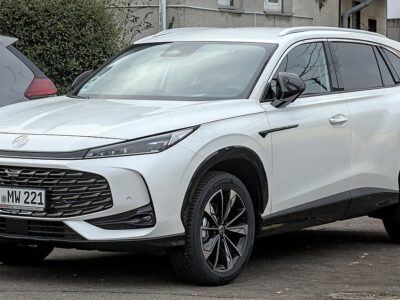
Volkswagen Golf Trouble Code C102D00 — The Complete Fix Guide
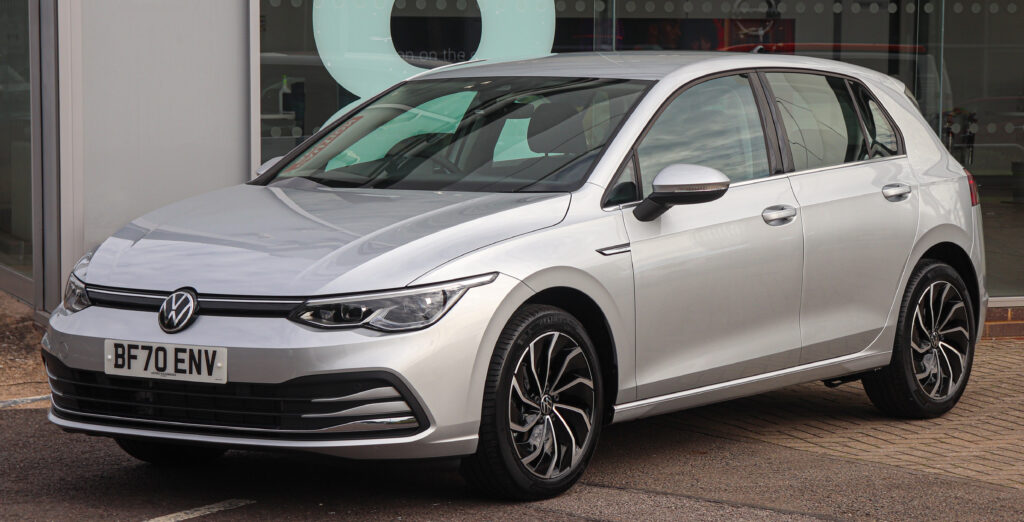
When your Volkswagen Golf flashes the trouble code C102D00, it’s more than a random number—it’s your car’s way of saying, “Hey, something’s off in the ABS or wheel speed system!” But what exactly does that mean? In this guide, we’ll dig deep into what C102D00 really stands for, why it appears, how to fix it, and what you can do to prevent it from coming back. Buckle up, because this one’s going to save you time, money, and frustration.
- Understanding Trouble Code C102D00
- Common Symptoms of Code C102D00
- The Role of the Wheel Speed Sensor
- Primary Causes of the C102D00 Code
- How to Diagnose C102D00 Like a Pro
- How to Fix Trouble Code C102D00
- Cost Breakdown for Fixing C102D00
- Real-World Example: Golf Mk7 Case Study
- Prevention Tips
- When to Seek Professional Help
- Advanced Diagnostics (For Enthusiasts)
- Impact on Safety and Driving Performance
- Compatibility Across Golf Generations
- Quick Reference: C102D00 Summary Table
- Recommended Tools for DIY Fix
- Conclusion: Don’t Ignore C102D00
- FAQs
Understanding Trouble Code C102D00
What the Code Means
The C102D00 fault code in the Volkswagen Golf typically refers to:
“Right Rear Wheel Speed Sensor — Electrical Fault or Open Circuit.”
In simpler terms, your car’s computer isn’t getting the correct signal from the rear right wheel speed sensor, which is crucial for systems like ABS (Anti-Lock Braking System), traction control, and stability management.
Why It Matters
Without accurate wheel speed data:
- Your ABS light might illuminate.
- The traction control (ESC) may deactivate.
- The braking performance can become unpredictable on slippery roads.
Think of it like running with one shoelace untied—it might seem fine at first, but things could go wrong quickly when you need stability most.
Common Symptoms of Code C102D00
If your Golf’s dashboard lights up with this code, here’s what you might notice:
- 🚨 ABS warning light illuminated
- ⚠️ Traction control or ESC light on
- ❄️ Reduced traction or stability during acceleration or braking
- 🛑 Intermittent braking pulsations
- 💡 Error messages like “ABS/ESC Fault” on the infotainment screen
These symptoms can appear suddenly or develop gradually depending on how severe the sensor fault is.
The Role of the Wheel Speed Sensor
How It Works
Each wheel in your Volkswagen Golf has a speed sensor that measures the rotation speed. This data helps:
- Prevent wheel lockup during hard braking.
- Control traction on slippery surfaces.
- Support adaptive cruise control and hill assist.
When the rear right sensor fails, the ECU (Electronic Control Unit) loses vital information, triggering C102D00.
Primary Causes of the C102D00 Code
So, why does this code appear? The culprit can be one of several things.
1. Faulty Wheel Speed Sensor
This is the most common reason. The sensor might be:
- Internally shorted or open.
- Contaminated with dirt or metal shavings.
- Physically damaged from road debris or improper handling.
2. Damaged Wiring or Connector
The wire harness leading to the sensor is vulnerable to:
- Corrosion from road salt.
- Broken insulation or rodent damage.
- Loose or bent pins in the connector.
3. Faulty Tone Ring (Reluctor Wheel)
The tone ring mounted on the wheel hub or axle sends a signal the sensor reads. Damage or rust can interrupt this signal.
4. Moisture Intrusion
Moisture can creep into the connector or sensor housing, leading to short circuits or erratic signals.
5. ABS Module Fault
Less commonly, the ABS control module itself might be the issue, misinterpreting signals even if the sensor is fine.
You may be interested in reading Volkswagen Golf Trouble Code B10E7F0: What It Means & How We Fix It
Volkswagen Golf Trouble Code B10E7F0: What It Means & How We Fix ItHow to Diagnose C102D00 Like a Pro
Let’s walk through a step-by-step diagnostic process that any DIYer can follow with basic tools.
Step 1: Scan for Codes
Use an OBD-II scanner (preferably VCDS or OBD11) to confirm the code:
Also, check if there are related codes like:
- C102E00 – Left rear wheel speed sensor fault
- C101D00 – Front sensor signal range issue
Multiple sensor codes often suggest wiring or module issues rather than individual sensors.
Step 2: Visual Inspection
Pop the car on a jack and inspect:
- The sensor wiring harness for cuts or corrosion.
- The connector pins for oxidation or looseness.
- The sensor’s physical mounting — it should be secure and aligned with the tone ring.
Step 3: Test the Sensor
Use a digital multimeter:
- Unplug the sensor.
- Measure resistance across terminals. Most VW sensors read 1.0–1.5 kΩ.
- Infinite resistance = open circuit → replace sensor.
- Near-zero resistance = short circuit → replace sensor.
Step 4: Spin Test
Reconnect the sensor and spin the wheel by hand while reading live data from your scanner.
- You should see wheel speed increase smoothly.
- If the reading jumps or flatlines, the sensor or tone ring is faulty.
Step 5: Check ABS Module Voltage
If the sensor and wiring check out, measure voltage at the ABS module connector. If voltage is missing, the issue might be internal to the ABS unit.
How to Fix Trouble Code C102D00
Option 1: Replace the Wheel Speed Sensor
Tools Needed:
- 10mm socket and ratchet
- Torx bits (for undertray removal, if necessary)
- Jack and stands
- Replacement ABS sensor
Steps:
- Jack up the car and remove the wheel.
- Locate the sensor on the rear hub.
- Unplug the electrical connector.
- Remove the bolt securing the sensor.
- Gently twist and pull out the sensor (don’t force it—it can break).
- Clean the mounting surface.
- Install the new sensor and reconnect everything.
Pro Tip: Always clear the code with your scanner after replacement, then drive 5–10 minutes to verify.
Option 2: Repair the Wiring
If the wire is damaged:
- Cut out the corroded or broken section.
- Use solder and heat shrink for a durable repair.
- Avoid crimp connectors—they tend to fail over time.
If you’re in a humid region, coat the repair area with dielectric grease to prevent oxidation.
Option 3: Replace the Tone Ring
If you find rust, cracks, or missing teeth:
- You may need to replace the wheel hub assembly (since many VW tone rings are integrated).
- Clean surrounding areas before installation.
Cost Breakdown for Fixing C102D00
| Repair Type | Estimated Cost (USD) | Time |
|---|---|---|
| Replace sensor | $70–$120 | 1 hour |
| Repair wiring | $20–$50 | 1.5 hours |
| Replace tone ring/hub | $150–$300 | 2–3 hours |
| ABS module replacement | $400–$800 | 2 hours |
Prices vary based on model year and labor rates.
Real-World Example: Golf Mk7 Case Study
A 2016 Volkswagen Golf Mk7 owner reported:
You may be interested in reading Volkswagen Golf Trouble Code B10E7F0: What It Means & How We Fix It
Volkswagen Golf Trouble Code B10E7F0: What It Means & How We Fix It Volkswagen Golf Trouble Code 01314: The Complete Guide to Understanding and Fixing It
Volkswagen Golf Trouble Code 01314: The Complete Guide to Understanding and Fixing It- ABS and ESC lights on.
- Scanner showed C102D00.
- Sensor resistance measured infinite ohms.
After replacing the right rear sensor ($90 OEM part), the issue was resolved immediately. The ABS system reactivated automatically after a short drive.
Prevention Tips
Keep trouble codes like C102D00 from reappearing by following these habits:
- Regularly wash undercarriage to prevent salt corrosion.
- Inspect wheel speed sensors during brake pad changes.
- Avoid pressure washing near ABS connectors.
- Use OEM sensors—cheap aftermarket parts often fail early.
- Check alignment after replacing suspension components.
A few minutes of prevention can save hours of diagnostics later.
When to Seek Professional Help
If after replacing the sensor the light persists:
- The issue might lie in the ABS control module or CAN communication line.
- A certified VW technician can use oscilloscope testing to trace the exact failure point.
When the dashboard looks like a Christmas tree, sometimes it’s better to let the pros handle the electronics.
Advanced Diagnostics (For Enthusiasts)
Using VCDS or OBD11
- Access ABS module (Address 03).
- Check Measuring Block 001–004 for wheel speed data.
- Monitor each wheel’s RPM while spinning manually.
- Save logs for trend analysis.
Testing with an Oscilloscope
A clean sensor signal should show a smooth sine wave.
- Irregular spacing → damaged tone ring.
- Weak amplitude → corroded or misaligned sensor.
Impact on Safety and Driving Performance
Ignoring C102D00 isn’t harmless. Without proper wheel speed data:
- ABS might misfire during panic braking.
- Stability control won’t kick in when cornering hard.
- Cruise control might disengage unexpectedly.
It’s like driving with one eye closed—you can, but should you?
Compatibility Across Golf Generations
| Generation | Years | Sensor Location Notes |
|---|---|---|
| Golf Mk5 (2003–2008) | Separate rear hub sensors | |
| Golf Mk6 (2009–2012) | Sensor integrated near hub | |
| Golf Mk7 (2013–2019) | Compact design, plug-and-play | |
| Golf Mk8 (2020–present) | Smart sensors with CAN signal integration |
Always confirm part numbers with your VIN before purchasing replacements.
Quick Reference: C102D00 Summary Table
| Aspect | Details |
|---|---|
| Code Meaning | Right rear wheel speed sensor electrical fault |
| System Affected | ABS/ESC |
| Main Causes | Faulty sensor, damaged wiring, corrosion |
| Symptoms | ABS/ESC lights, poor traction |
| Fix | Replace sensor, check wiring |
| Estimated Repair Cost | $70–$300 |
| Diagnostic Tool | VCDS, OBD11, or generic OBD-II scanner |
Recommended Tools for DIY Fix
- VCDS Cable or OBD11 Scanner
- Digital Multimeter
- Torx and socket set
- Jack and safety stands
- Dielectric grease
- OEM replacement sensor
Having these tools handy makes diagnosing VW issues almost enjoyable (almost).
Conclusion: Don’t Ignore C102D00
When your Volkswagen Golf throws code C102D00, it’s a clear signal that something’s wrong in the braking system’s communication line. Whether it’s a simple sensor replacement or a deeper wiring issue, addressing it quickly ensures your ABS, traction control, and safety systems stay in peak condition.
Treat it like your car’s way of whispering, “Help me help you.” And once you listen, your Golf will reward you with smooth, confident driving once again.
FAQs
1. Can I drive with code C102D00?
Yes, but cautiously. Your ABS and traction control may be disabled, so braking on slippery roads could be unsafe.
2. How do I clear the C102D00 code?
Use a diagnostic scanner after fixing the issue. Simply erasing it without repairs will cause it to return quickly.
3. Is it safe to clean the sensor?
Yes. Use brake cleaner and a soft brush. Avoid high-pressure water or metal tools.
4. Can I use aftermarket sensors?
You can, but OEM sensors tend to last longer and provide more accurate readings.
You may be interested in reading Volkswagen Golf Trouble Code B10E7F0: What It Means & How We Fix It
Volkswagen Golf Trouble Code B10E7F0: What It Means & How We Fix It Volkswagen Golf Trouble Code 01314: The Complete Guide to Understanding and Fixing It
Volkswagen Golf Trouble Code 01314: The Complete Guide to Understanding and Fixing It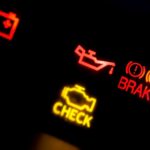 Volkswagen Polo Engine Light: Meaning, Causes, and Complete Troubleshooting Guide
Volkswagen Polo Engine Light: Meaning, Causes, and Complete Troubleshooting Guide5. Does this code affect the speedometer?
Sometimes. If the affected sensor feeds the ECU with key data, your speedometer reading might fluctuate or drop to zero.
If you want to know other articles similar to Volkswagen Golf Trouble Code C102D00 — The Complete Fix Guide you can visit the category Common Problems.
Deja una respuesta

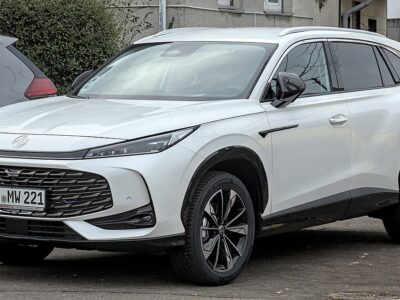
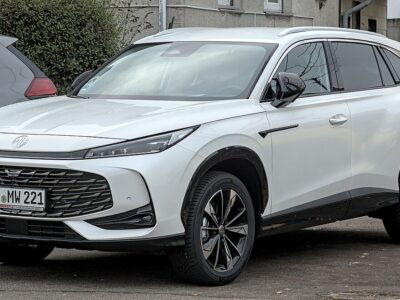



More content of your interest